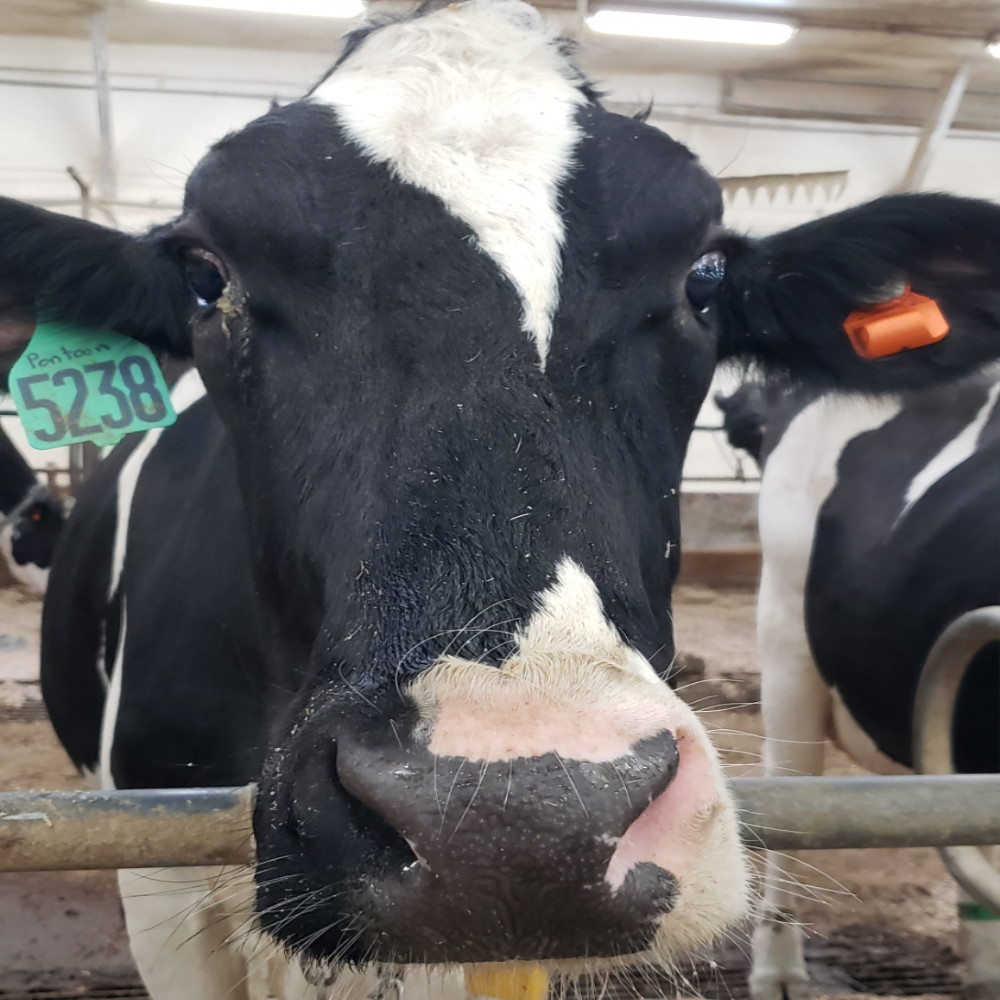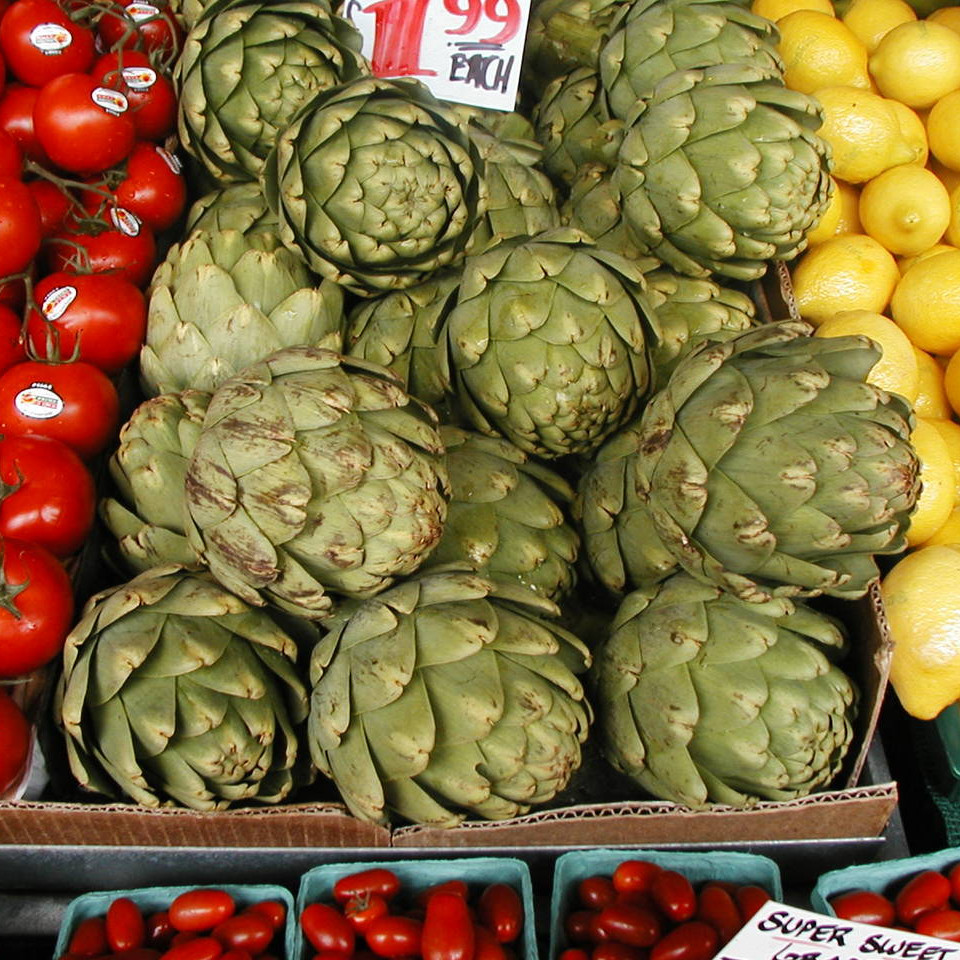When a person goes to buy groceries, how many of those products are dairy or contain dairy in them? Chances are quite a few of them, especially if they enjoy a nice glass of cold milk with their cookies, ranch and/or cheese on their salads, if they put butter on anything, have a cup of yogurt or cream cheese on a bagel for breakfast, or end dinner with a scoop of ice cream. If they do consume dairy on an annual basis, this person would join the 6 billion people globally who also consume dairy. Just about every country around the world has a dairy farm, whether this means a farm of 3 or 100 cows. With all of those farms, they need to be staffed, which brings lots of jobs. 240 million jobs are tied to the dairy sector, with roughly one-third of those held by women. 600 million people globally live on those farms, while 400 million more people are dependent on dairy as the product moves upstream through the various supply chains to reach the final customer. About 10% of all of the protein produced in the world is from the dairy sector, and also includes other beneficial micronutrients for good health.
globalEDGE Blog - By Author: Courtney Palkowski
Publish Date:
Since the coronavirus pandemic began last year, billions of dollars have been poured into the development of vaccines to protect people against the coronavirus. There are currently 12 developers working on—or that have produced—a coronavirus vaccine, including developers in China, India, Russia, the United Kingdom, Sweden, and Germany. Out of these 12 developers, 10 of these vaccines have been approved for use in one country or more. Because of the amazing and swift work of these developers, over one hundred million doses have been given worldwide, but the distribution of these vaccines is stirring discontent and requests for better vaccine distribution between all countries. Only 42 countries have begun administering the first doses of coronavirus vaccines, while there are over 130 countries that have not vaccinated a single person. Out of those 42 countries, 10 countries have been able to obtain and administered 75% of all of the coronavirus vaccines produced. This blog will dive into the current statistics on country vaccinations, why this problem persists, and which countries all of these vaccines are going to.
Publish Date:
Today, our global modern society faces many crucial issues, but one that heavily affects all of us and our impact on climate change is one many seem to forget. That extra box of donuts left in the office, the pork chops you forgot you had and now they are no good, and the lunch you packed that you never ate and instead went to lunch with friends. Think of all the food you prepare, buy, pack for lunch, and now think about how much you actually eat vs how much you throw away, even if it is still perfectly good. This is the major problem of food waste that has been growing. Globally, humans throw out or lose up to USD 2.6 trillion per year. Meanwhile, the amount of food we throw out per year could feed every one of the 815 million people who suffer from hunger not once, not twice, but four times. This blog will take you through why the problem of food waste exists, the impact it is having on climate change, and what we can do as global consumers to reduce our food waste.
Publish Date:
As a new generation of women is graduating from colleges, universities, and trade schools around the world, they still face an issue a very present issue that has plagued generations of working women for decades: the gender pay gap. The general consensus is that globally, men tend to earn more than women. This is despite the greater number of women with higher education levels, more women breaking barriers and entering industries that are male-dominated, and a push by all women for higher pay. This blog will dive into why there is a gender pay gap and why it is persistent worldwide.
Publish Date:
Since March 30th, more than twenty seven states have issued stay at home orders for their residents, making up two-thirds of the United States population. All nonessential businesses, including dine-in restaurants and bars, have been asked to close. Now the almost 20,000 restaurants and bars located in areas on lockdown are either facing the choice to close completely, or to offer takeout and delivery. This blog will dive deep into how the stay at home orders will impact sales in the previously booming U.S. restaurant industry, and just how much the industry could expect to lose due to the COVID-19 pandemic.







